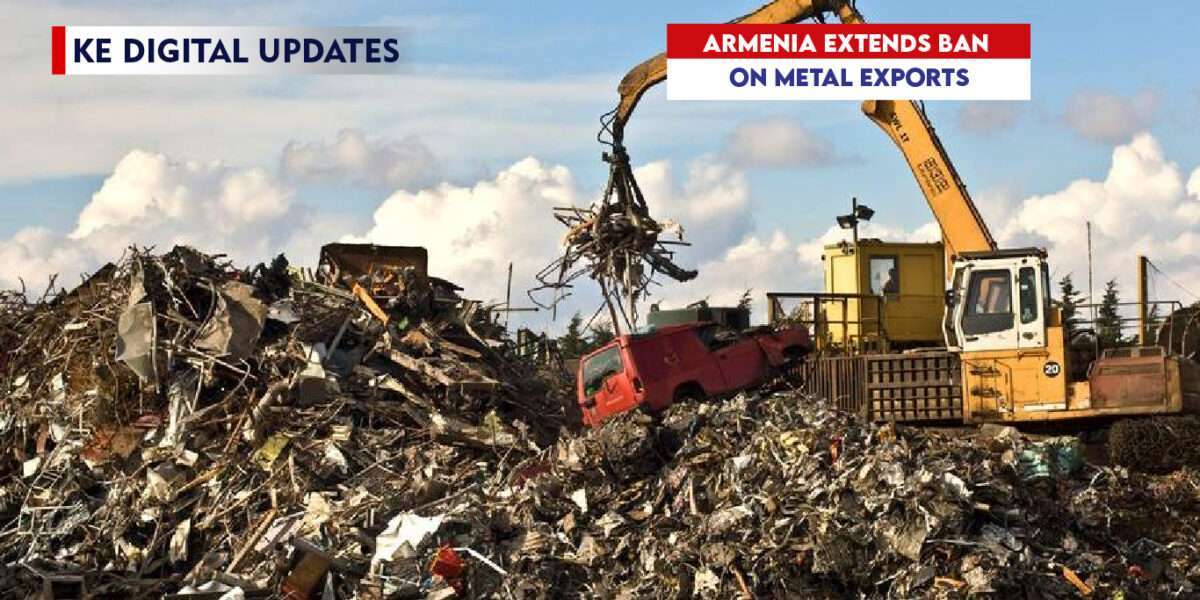Published on 24 May 2024
In a significant move aimed at bolstering domestic industry, the Armenian government has announced extending the export ban on ferrous and non-ferrous metals for another six months. This decision underscores the government’s commitment to nurturing local metal processing enterprises and reducing dependence on external resources.
The Rationale Behind the Decision
The reasoning behind this decision is rooted in the country’s natural resource profile. Unlike some of its counterparts, Armenia does not have large deposits of ferrous metals. This scarcity has led local metal processing enterprises to rely heavily on scrap as raw materials. By extending the ban on metal exports, the government aims to ensure a steady supply of these crucial raw materials for domestic industries.
Impact on Domestic Steel Output
The ban’s impact on the domestic steel industry has been transformative. According to reports from Armenia’s Ministry of Economy, domestic steel output witnessed a dramatic surge following the initial implementation of the ban in 2020.
In 2021, rolled steel output reached more than 115.2 thousand tons, marking an increase of 8.4 times year-on-year. The upward trend continued into 2022, with output increasing to 119.6 thousand tons, a 3.9% year-on-year growth.
Looking Ahead
The extension of the ban on metal exports clearly indicates the Armenian government’s strategic focus on strengthening domestic industries. By ensuring a consistent supply of raw materials and encouraging local processing, the government is paving the way for sustainable industrial growth.
While the decision may pose challenges in the short term, particularly for those involved in the export business, the long-term benefits for the Armenian economy cannot be overstated. As the country continues to navigate its path toward economic resilience, robust domestic industries will undoubtedly be pivotal.
In conclusion, extending the ban on metal exports is not just a policy decision but a testament to Armenia’s commitment to economic self-reliance and industrial growth. As the figures suggest, the strategy is already bearing fruit, and the future of Armenia’s metal processing industry looks promising.


